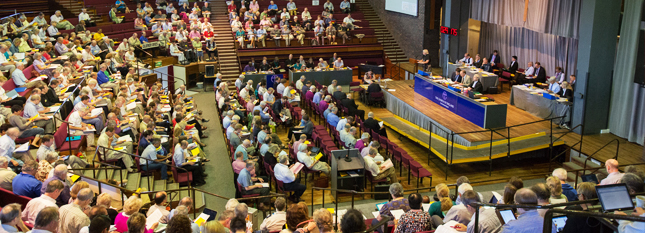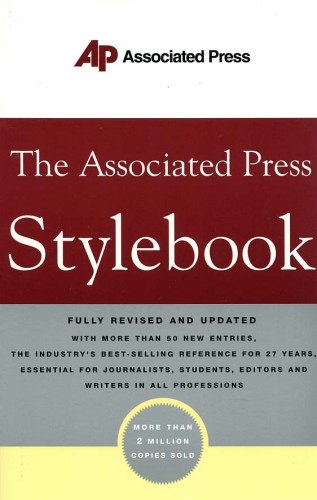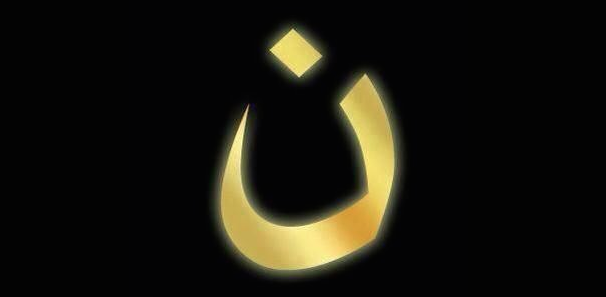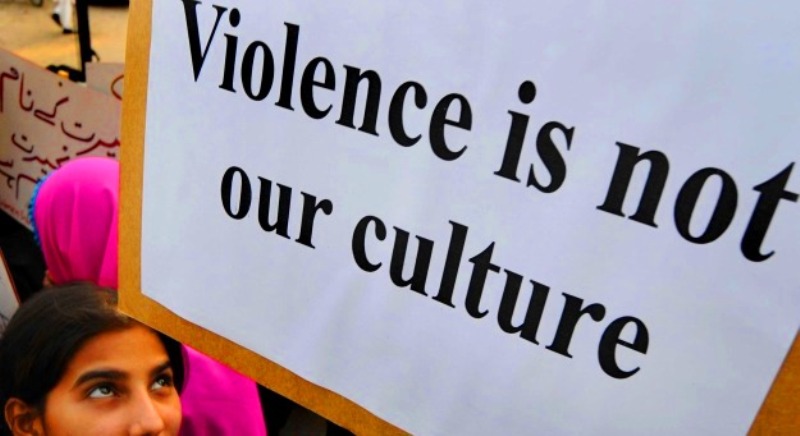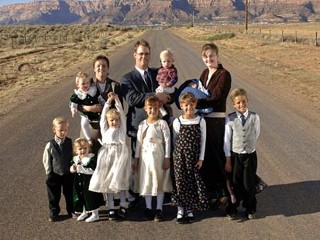Monday’s vote by the General Synod to allow women bishops has put the Church of England onto the front pages of the world’s press. News reports and commentary from around the globe have weighed on this development giving voice to a variety of opinions. Some of this reporting has been quite good, most of it average, while a few pieces have fallen short.
The Huffington Post‘s piece contained two errors of note. At the end of the piece the article confused the numbers for the Church of England for the wider Anglican Communion. A correction subsequently noted:
CORRECTION: An earlier version of this story said incorrectly that the Church of England has 80 million members in more than 160 countries. Those are the figures for the worldwide Anglican Communion.
A minor slip, but the second raised questions as to whether the Huffington Post followed the debate, or recycled information it had gleaned from second hand sources. The article stated:
Like the vote that year, more traditional Anglicans, including evangelicals and Anglo-Catholics, argued in front of the synod that having women as bishops would go against the teachings of Jesus. If Jesus intended women to be among the top church leaders, he would have had a woman among the Twelve Apostles, some of the traditionalists said.
By my reckoning, of the almost 100 speakers in the day, only one (lay delegate Jane Bisson from the Diocese of Winchester) raised the issue: “If Jesus intended women to be among the top church leaders, he would have had a woman among the Twelve Apostles.” The overwhelming majority of voices opposed to the change in church teaching couched their arguments around the Apostle Paul’s teachings on “headship” and the role of women in church assemblies — with arguments from tradition running second. Check for yourself.
Summarizing the arguments against women bishops along the “Jesus intended” line does a disservice to the debate in Synod and across the church. Painting the opponents of women bishops as Biblical-literalists is lazy reporting.
An otherwise excellent news analysis piece in The Guardian also makes this error — but this time John Calvin is the “fundamentalist” in question.
Calvin was not a fundamentalist. The Guardian Style Guide does not contain an entry for “fundamentalist.” However, as noted many times here at GetReligion, the Associated Press Stylebook makes this observation:
“fundamentalist: The word gained usage in an early 20th century fundamentalist-modernist controversy within Protestantism. In recent years, however, fundamentalist has to a large extent taken on pejorative connotations except when applied to groups that stress strict, literal interpretations of Scripture and separation from other Christians.

